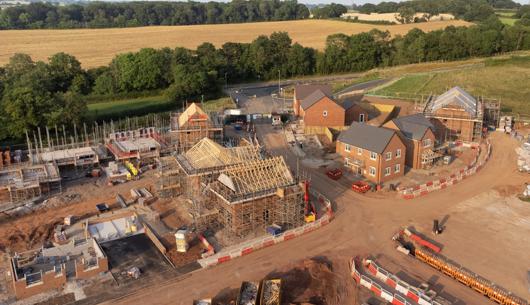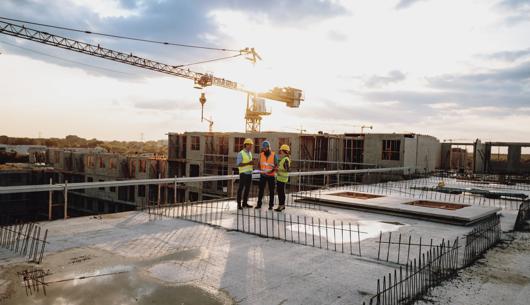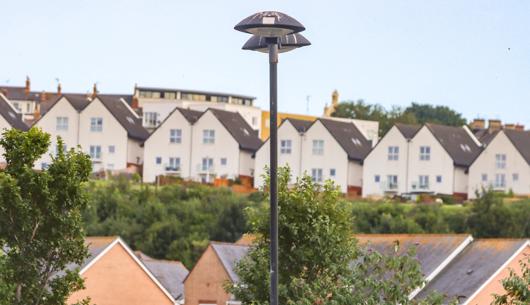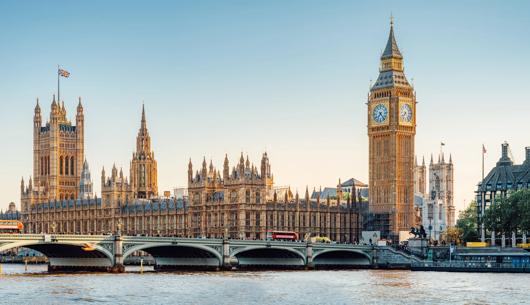Mandatory directing off-site
On 17 September 2021, the High Court handed down judgment in the case that covers some important points in relation to directing pupils off-site and is one of the few cases that covers the powers of schools to do so.
On 17 September 2021, the High Court handed down judgment in the case of R (CHF) v Newick CE Primary School [2021] EWHC 2513 (Admin). The case covers some important points in relation to directing pupils off-site and is one of the few cases that covers the powers of schools to do so.
Facts
The school is a small one-form entry maintained primary school and the case related to an allegation of sexual peer-on-peer abuse allegedly perpetrated by a boy (B) against two girls. All the pupils were six years old at the time and in the same class. There were different versions of the facts of what happened, but the allegation was that, in the autumn term of 2018, B had asked the girls to do inappropriate sexual acts to each other and to him. The allegations were reported to senior staff in the summer term of 2019 after a verbal disagreement between the pupils. The parents of B strongly contested the facts, stating that it was, instead, the two girls that had sought to play a ‘game’ with B (who was new to the school), which was a test, and that he was in fact the victim and not the perpetrator.
A risk assessment was put in place to ensure the supervision of B, and he was removed from the class, which continued until 12 July. There was continued engagement with the local authority (LA) during this period, including professionals’ meetings. At a meeting on 12 July, it was agreed by both school and LA that B would be directed off-site and that the parents be informed of this, given how small the school was and a need to separate the pupils. An email was sent by the head teacher to the parents of B, stating that B was to be directed off-site from 4 September under section 29A (s29A) of the Education Act (2002) - the power to direct off site to improve behaviour. The parents sought to challenge this and on 5 September, did attempt to bring B to the school on the basis he was on their roll. The school refused to accept B, and the chair of governors subsequently wrote a letter setting out the reliance on s29A. On 18 September the LA sent a letter to the parents, stating that they were giving notice to the parents requiring the child to attend provision the LA has deemed necessary to provide.
After permission for judicial review was granted, over a year after the decision on directing off-site (3 September 2020), the head teacher issued a letter permanently excluding B from the school.
The claim
The request for permission for judicial review was made by the parents of B on six grounds, but the only grounds allowed were:
- that the governing body had not been able to rely on s29A Education Act (2002);
- that the LA had not been able to direct off-site using section 19 of the Education Act (1996); and
- that the direction off-site amounted to an unlawful exclusion.
Decision
The LA and governing body accepted before the hearing that s29A was not an appropriate basis for directing off-site in this case, because that power is specifically related to directing off-site to improve behaviour. The rationale in this case had been the need to separate the pupils due to safeguarding reasons connected to the fact that the school is very small. The judge did not spend much time going further on this ground on that basis.
The judge declined to make any finding on the lawfulness of the actions of the school and LA, given the ongoing process around the exclusion. What the judge did do is look at the powers available to a maintained school and LA to determine if they did have the powers to direct off-site in the way that they did. The judge determined that they did have the power to do so and provided four key steps to the analysis:
- Duties on the school and LA regarding welfare - The governing body and LA both had duties under section 175 (s175) of the Education Act (2002) relating to promoting the welfare and safeguarding children. This duty was supplemented by the statutory guidance Keeping Children Safe in Education (KCSIE) which both had to have regard to.
- The powers - The head teacher and governing body had general management powers which were referenced in s175 and informed by KCSiE. The school was therefore able to inform the parents of some situation constituting a “pressing reason why a pupil, or a group of pupils or, for that matter, a class, year group or even the entire body of the school should not attend the school and will not be admitted.”
- The LA’s role - Each LA has a duty to make suitable provision for pupils of compulsory school age at school or otherwise than at school where, because of illness, exclusion or otherwise, they would not obtain a suitable education. This duty on the LA meant that it had to fill in the gap when a school used its general management powers for safeguarding reasons (it falling within “or otherwise”).
- Public law principles - The judge said that the use of the power would be limited due to:
- reasonableness, including frustration of any statutory process (e.g. using this when it was an exclusion under section 51A) and it being reasonably proportionate;
- public law standards around procedural fairness; and
- the powers not being used for an “extraneous purpose”, such as putting pressures on parents to off-roll or to improve the school’s performance statistics.
Take-aways
The case provides helpful clarity on the general management powers of a school which, whilst specifically related to the facts to a peer-on-peer safeguarding case, are likely to have broader application where there would be a risk to the welfare of pupils in a school. Obvious examples would be weather events, virus issues, problems with the school site etc. While the case related to a maintained school, there is little reason to believe that the same general management powers would not apply to an academy (relying instead on the almost identical general safeguarding duty under the Education (Independent School Standards) Regulations 2014, schedule 1 paragraph 7).
The judgment does not cover academies though, given the school in question was a maintained school and that, therefore, remains untested. Similarly, the case does not answer any questions that might be had on the ability of a receiving school to refuse to accept a pupil, or the ability of an LA to force a school to accept a pupil who was being directed off site by another school. The reality is likely to be that there is no specific power, and that it would be down to local agreement between the schools/LA to come to an arrangement. For academies in a MAT, it may be that another academy within the same MAT could be used.
There was little further detail provided on the public law principles and how these would apply in practice, but the judgment does refer to any direction needing to be reasonably proportionate and procedurally fair. A little like the Regulations and alternative provision guidance for directing off site to improve behaviour, it would be important for schools to keep any decision under review and to have a joined-up approach with the relevant LA.
If you need any advice in relation to this case or directing off-site generally, please contact us.
Contact

Philip Wood
Principal Associate
philip.wood@brownejacobson.com
+44 (0)330 045 2274







































